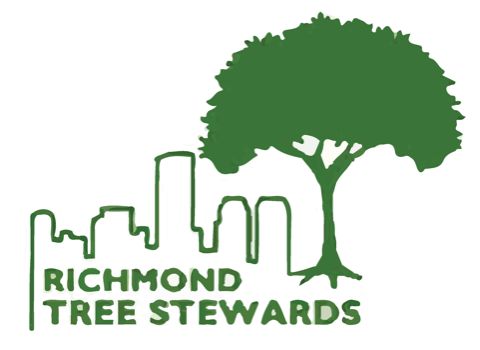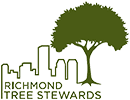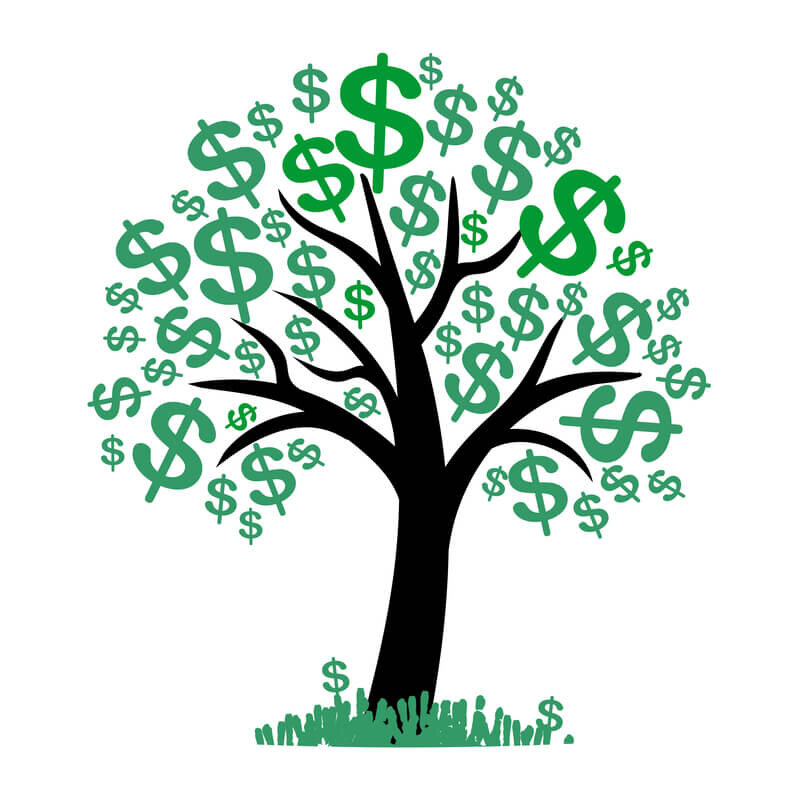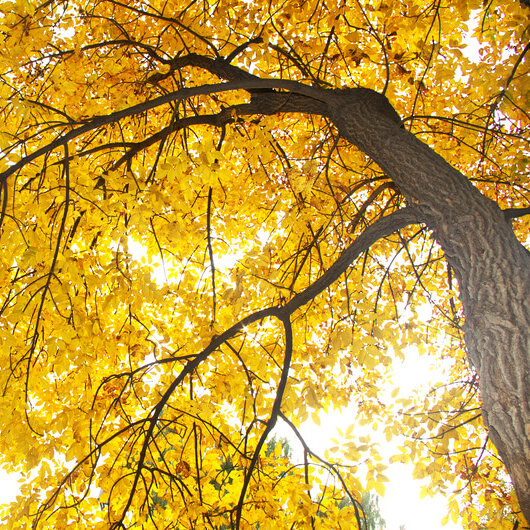
Statement on Enrichmond Dissolution
At the end of June, it will be one year since the Enrichmond Board unexpectedly voted to dissolve itself, leaving Richmond Tree Stewards and 85 other partner organizations to fend for themselves with no access to their funds. Some of those group disappeared, unable to recover; others went dormant, waiting to see whether their funds might be restored at some point. Many others, like RTS, continued with their mission, emerging stronger if not richer than they were before the dissolution.
When the Enrichmond Accountability Project was formed last fall, we had two major objectives: secure the return of our funds (if possible), and, ensure that the individual(s) responsible were held accountable.
Concerning the first objective, it seems highly unlikely that any of the partner organizations will ever see their funds again. All of us (well, most of us) suspected from the outset that there were no remaining liquid assets at Enrichmond. However, until decisions are made concerning certain properties held by Enrichmond, we can’t definitively say that this first objective is dead.
That brings us to the second objective: accountability. Again, it is too soon to know if this objective will be met, but there are encouraging signs. First, the Virginia Attorney General’s office is investigating the Enrichmond collapse to determine if any crime was committed. Second, and separately, the FBI is investigating the collapse to determine if any Federal statutes were broken. Both are ongoing investigations and, as such, the agencies will not comment on them. So stay tuned.
Meanwhile, it’s hard to tell that anything has changed at Richmond Tree Stewards. Our pruning crews are still working twice a week alongside Urban Forestry personnel to prune trees in neighborhoods across Richmond. Invasive removal and native planting work on Belle Isle continues weekly, often with volunteer groups (occasionally large) from local corporations or organizations. In June we will graduate our largest group ever of new Tree Stewards, and in September we will once again hold a 10-week class for the next group of Stewards. Our gravel beds are planted with 200 seedlings, busily growing their root systems in preparation for transplanting this fall. And plans are proceeding for the October give-away of another 2,000 native trees to area homeowners.
The bottom line? Regardless of future developments concerning our former fiscal sponsor, RTS is here for the long haul.
Dave Pohlmann
President, Richmond Tree Stewards
MULCH MADNESS
By: Aidan Stewart

As we kick off 2023 and creep toward spring, many homeowners are beginning to think about their yards. One of the most common landscape tasks is mulching. What should be a simple task often gets overly complicated or done improperly, so here are a few things to consider before you begin mulching your yard.
Mulch falls into two categories: Organic and inorganic. Organic mulch is material such as wood chips, pine straw, grass clippings, etc. Inorganic mulch is often rubber chips or gravel.
Which mulch type is better?
Both options can serve quite a few functions in your yard, such as weed suppression, erosion control, temperature regulation, and moisture retention. Organic mulch, however, has the added benefit of conditioning and improving soil health as it breaks down. As an arborist, 9 times out of 10 I’m going to recommend organic mulch due to that bonus.
How much mulch should I apply?
Typically, trees and shrubs only need a few inches of mulch, usually around 2-4 inches. If you mulch every year, there’s likely already a layer down on the ground, and all you need to do is top dress to bring it to that height. Trees too often receive the “mulch volcano” treatment, which is extremely detrimental to their health and longevity.
The Mulch Volcano Problem:

- Girdling roots: When mulch is built up, tree roots grow thinking they’re underground. They begin to encircle the tree’s trunk within the mulch volcano and constrict it. This is a very common factor in tree decline.
- Decay: Excessive mulch traps excess moisture. Moisture left against the tree’s trunk plus roots that should otherwise be exposed will lead to wood rot.

- Dried-out soil: Eventually, the excess mulch will begin to compact and dry out, so water will run off the top and not permeate into the tree’s roots, essentially defeating the purpose of the mulch.
- Trapping moisture: In situations where excess moisture is already an issue, volcano mulching can trap water for longer than desired and exacerbate issues with over-watering.



